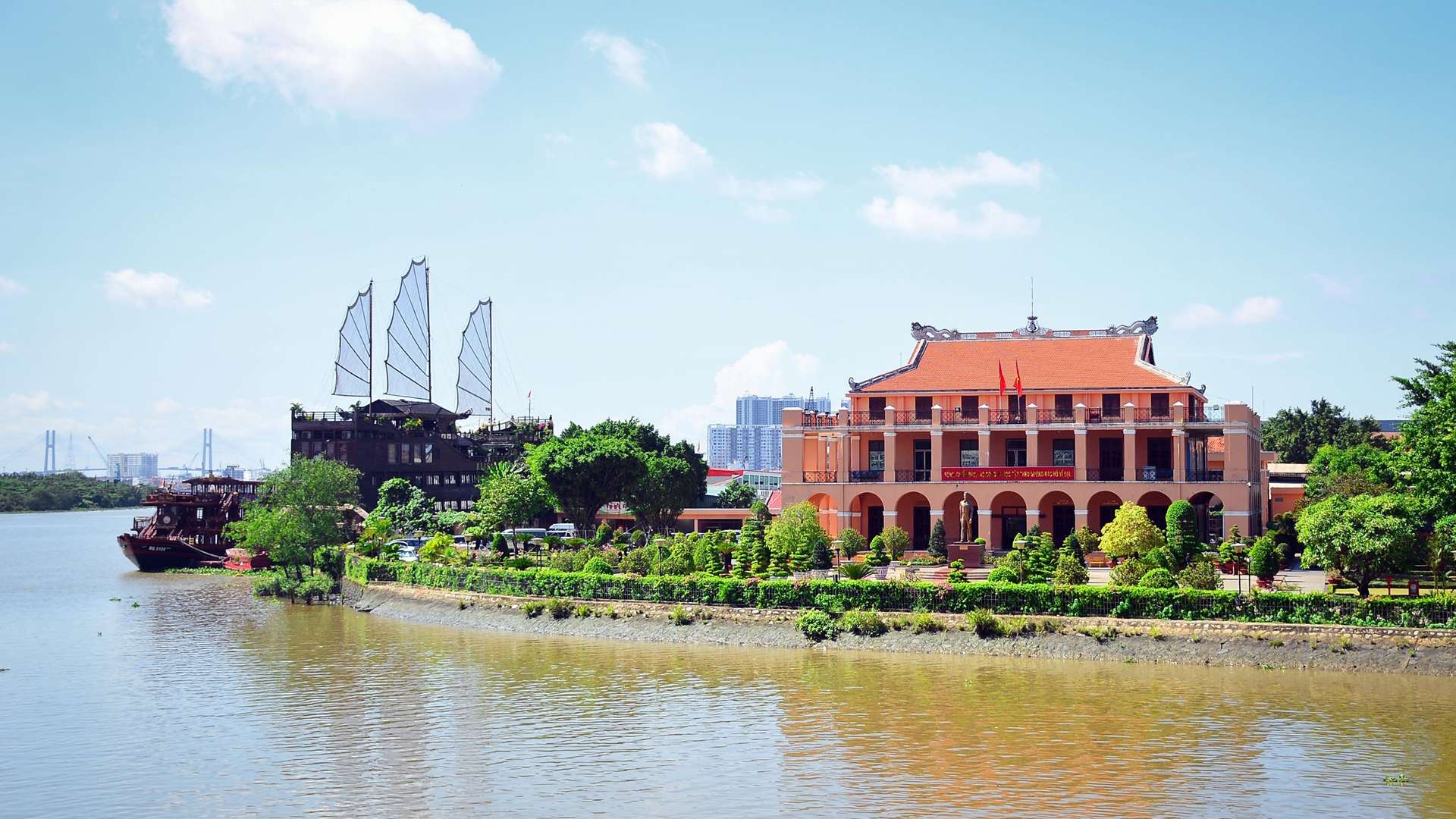Ta Van Village is one of the most beautiful and renowned villages in Sapa, where the natural beauty of Northwest Vietnam, rich cultural diversity, and authentic community tourism all come together. Located just about 10 km from the center of Sapa town, Ta Van feels like a world apart from modern life—offering peace, relaxation, and an incredibly genuine atmosphere. In just one day, you can explore many unique aspects of Ta Van, from hiking through terraced rice fields and experiencing Giay ethnic culture to enjoying golden harvest views or relaxing at charming local homestays.

Join Eco Travel as we explore Ta Van through this detailed, SEO-friendly guide—perfect for nature lovers, slow travel enthusiasts, and those who value the cultural essence of Vietnam’s highlands.
1. Overview of Ta Van Village
Ta Van Village is part of Ta Van commune in Sapa District, Lao Cai Province. It is primarily inhabited by the Giay, Red Dao, and H’mong ethnic groups, who maintain a rich cultural life and many traditional customs. The village stretches along the Muong Hoa Stream, nestled beneath mountain slopes and surrounded by lush green terraces during the water season and golden landscapes during the harvest.

Unlike Cat Cat Village, which has become highly commercialized, Ta Van retains its rustic charm and authenticity. This makes it a favorite destination for hiking lovers and those seeking immersive travel experiences.
2. When to Visit Ta Van Village
You can explore Ta Van year-round, with each season offering a distinct beauty:
- April–May (Water Season): Terraced fields shimmer as water reflects the sunlight—perfect for photos.
- August–September (Harvest Season): The village dons a golden coat—ideal for hiking, photography, and village tours.
- December–February (Winter): Cold weather and the rare chance to see snow—an uncommon experience in Vietnam.
3. How to Get to Ta Van
- Hiking Tours: The most popular route combines Y Linh Ho – Lao Chai – Ta Van.
- Motorbike or Taxi: Easy access from Sapa town to the edge of the village, then a short walk inside.
- Motorbike Tours: Perfect for those who enjoy freedom and adventure—an exciting way to explore the villages.
4. Must-Do Activities in Ta Van Village
- Hiking through Terraced Fields and Muong Hoa Valley
The hiking trail through Ta Van leads you past layered rice fields, the gentle Muong Hoa stream, and serene landscapes—ideal for walking, sightseeing, and breathing in the crisp highland air. - Explore Giay and Red Dao Culture
Stop by local homes to learn traditional weaving, indigo dyeing, cooking, and preparing regional dishes. These hands-on cultural experiences are increasingly rare in more touristy villages. - Visit Ancient Houses and Traditional Architecture
Some houses in Ta Van are over 100 years old and maintain the stilt-house design of old. Visitors can learn about the traditional construction methods and daily life across generations. - Cool Off in Muong Hoa Stream During Summer
On sunny days, the clear and refreshing stream is ideal for soaking your feet and relaxing after a long hike. - Stay in Authentic Local Homestays
Ta Van homestays blend traditional styles with modern comfort, often with mountain, rice field, or stream views. Meals are home-cooked by locals, offering a true taste of the region. - Join Tours with Local Guides
Local guides have deep cultural knowledge and ensure a safe, insightful journey. Consider booking a one-day hiking tour to fully experience Ta Van. - Photography and Artistic Check-ins
Ta Van offers perfect photography settings—from early morning mist and golden rice fields to rustic houses and glowing sunsets across the valley.

5. Travel Tips for Visiting Ta Van
- Wear quality, non-slip hiking shoes
- Bring sunscreen, a light jacket, and a sunhat
- Book tours early during peak seasons to secure your spot
- Respect local customs—ask before taking photos of residents
- Don’t litter—help protect the landscape and environment
Ta Van is more than just a destination—it’s a profound journey into the culture, nature, and soul of Vietnam’s highlands. From poetic rice terraces, humble homes, and murmuring streams to heartwarming stories of everyday life—everything here may just become your most treasured memory of Sapa.





